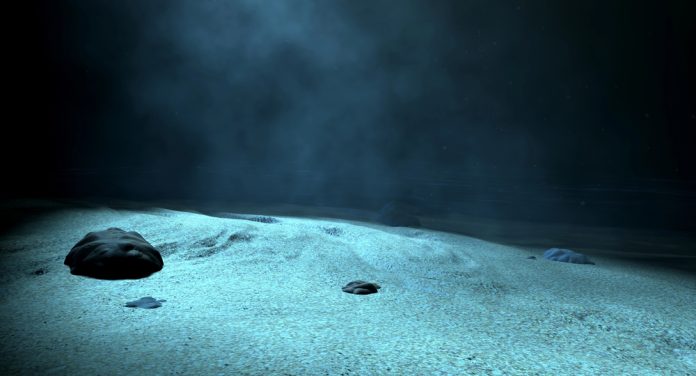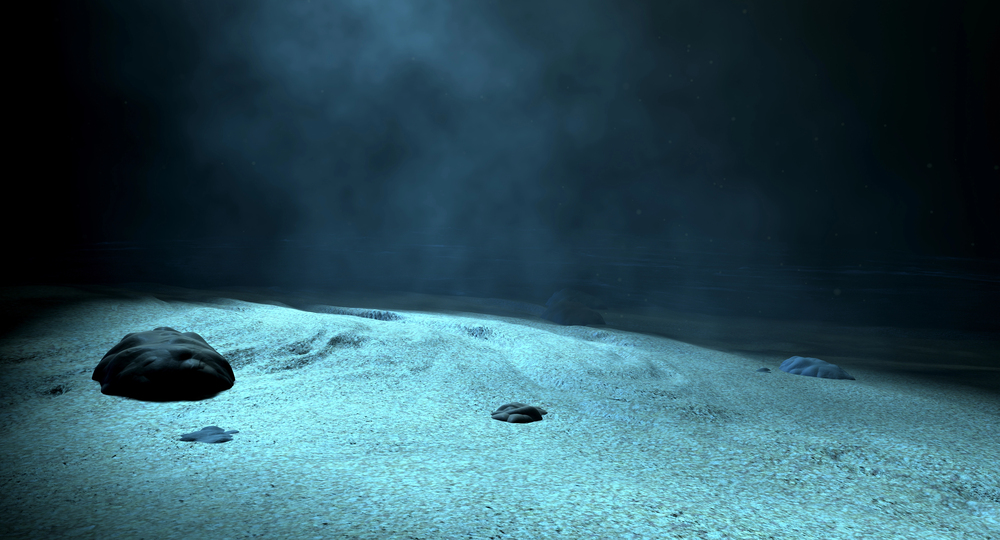
Until we know the boundaries of life on Earth, it will be hard to decide whether extraterrestrial planets may have any living organisms,” stated Sam Purkis, professor and department chair for the University of Miami’s Department of Marine Geosciences. These words ring true as researchers explore the mysterious NEOM Brine Pools, recently found hypersaline basins off Saudi Arabia’s coast in the Gulf of Aqaba. These pools, lying almost 1,770 meters beneath the surface, are both geological marvels and time capsules, holding secrets of Earth’s distant past and providing intriguing analogs for off-world environments.
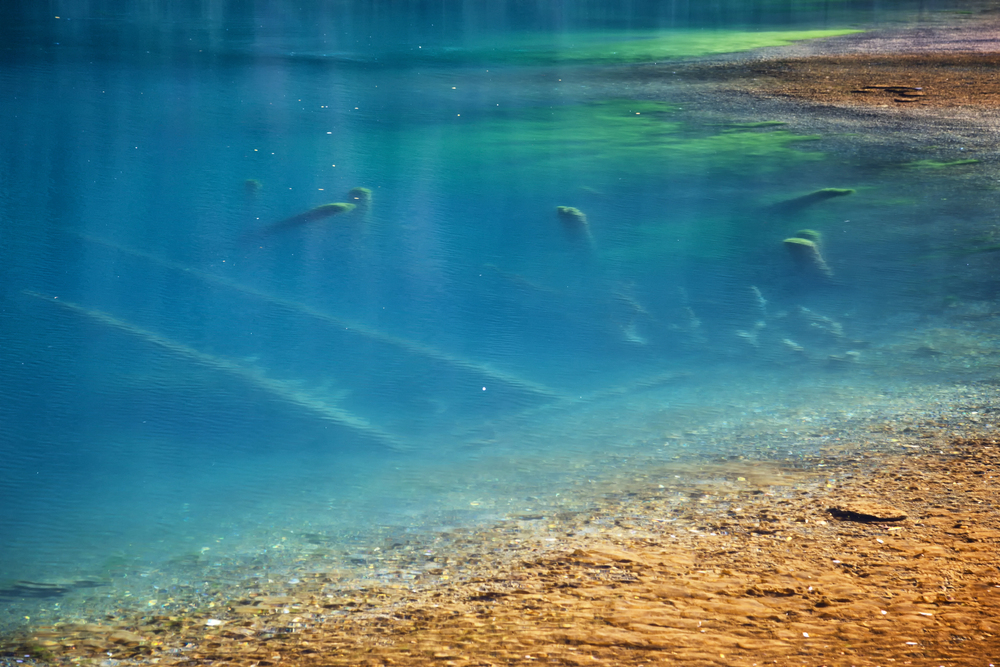
1. Geological and Geochemical Wonders
The NEOM Brine Pools lie within the Aragonese Deep, a bathyal plain over 800 meters deeper than the Gulf’s mean. Their creation is closely related to the tectonic complexity of the area, surrounded by strike-slip and normal faults that result in an actual pull-apart basin, a novelty in the Gulf of Aqaba. Seismic activity occurs regularly, with earthquakes frequently over magnitude 5.0, such as the 1995 Nuweiba earthquake. The largest pool, measuring 260 meters long and 70 meters wide, is accompanied by three smaller pools, all lying against the Saudi margin’s steep slope.
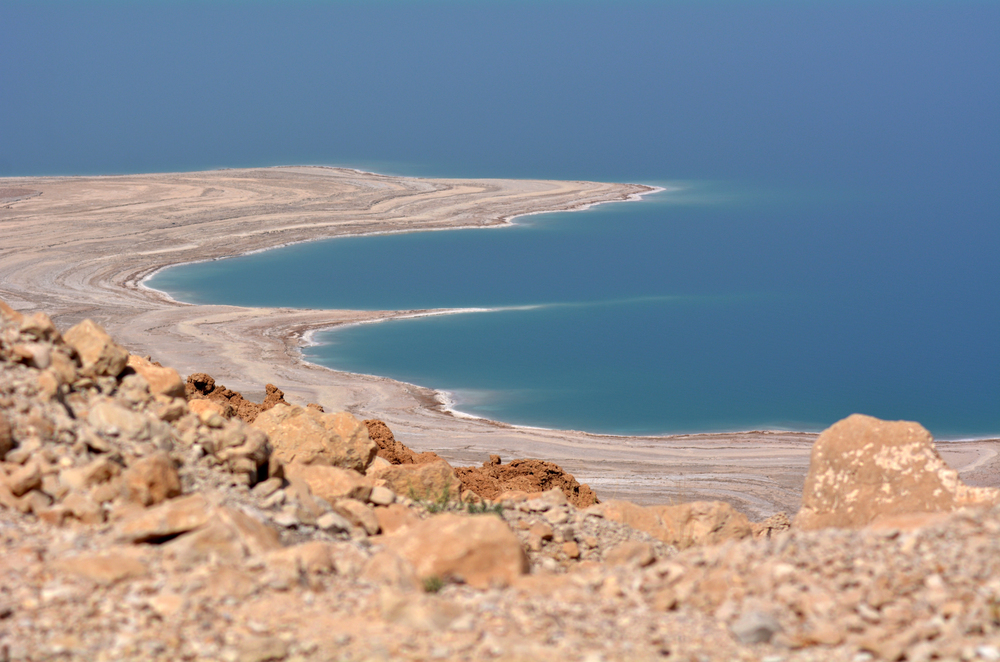
What is unique about these pools is their very high salinity, 160 PSU, four times that of regular seawater, and close to complete lack of oxygen, conditions that rapidly immobilize or kill much marine life. But these deadly waters are a blessing to science, capturing sediment layers in detail beyond anything yet seen, unscathed by the bioturbation that normally mixes ocean floors for more than a thousand years.
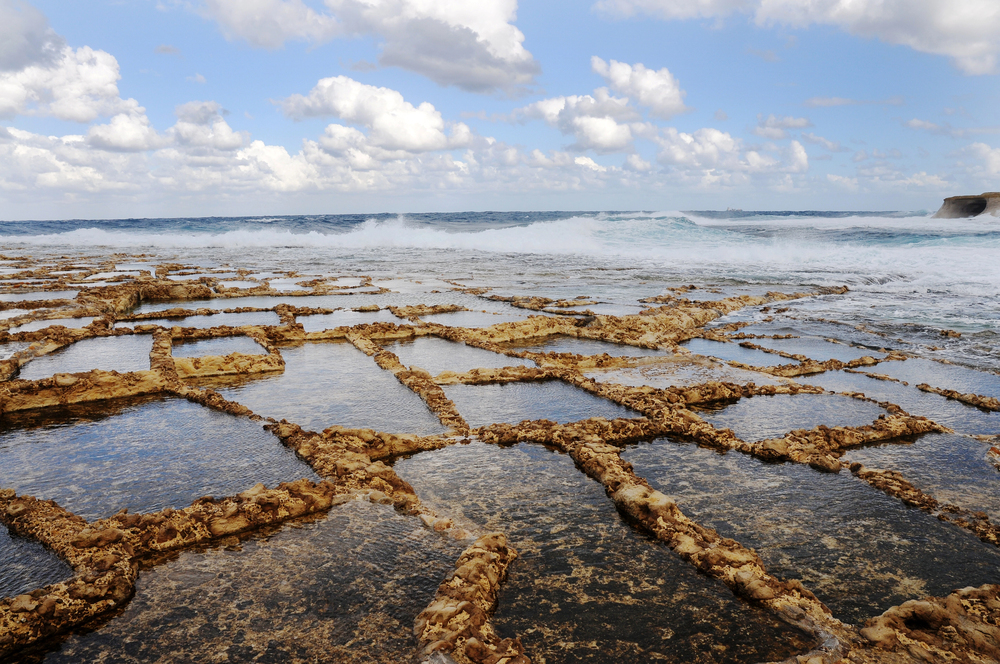
2. Sedimentary Time Capsules
The brine pools’ distinctive chemistry and anoxia provide a pristine setting for the preservation of sedimentary records. Core samples taken from the NEOM pools demonstrate a continuous history of environmental phenomena going back at least 1,200 years. The layers contain evidence of underwater landslides, tsunamis, and flash floods, providing an unmatched record of regional climatic and tectonic disturbance. As Purkis described it, “Core samples from the recently discovered brine pools yield ‘an unbroken record of past rainfall in the region, stretching back over 1,000 years, plus records of earthquakes and tsunamis.'” These layers are so well preserved because the brine prevents benthic megafauna, which elsewhere would agitate and mix up the sediments by bioturbation.
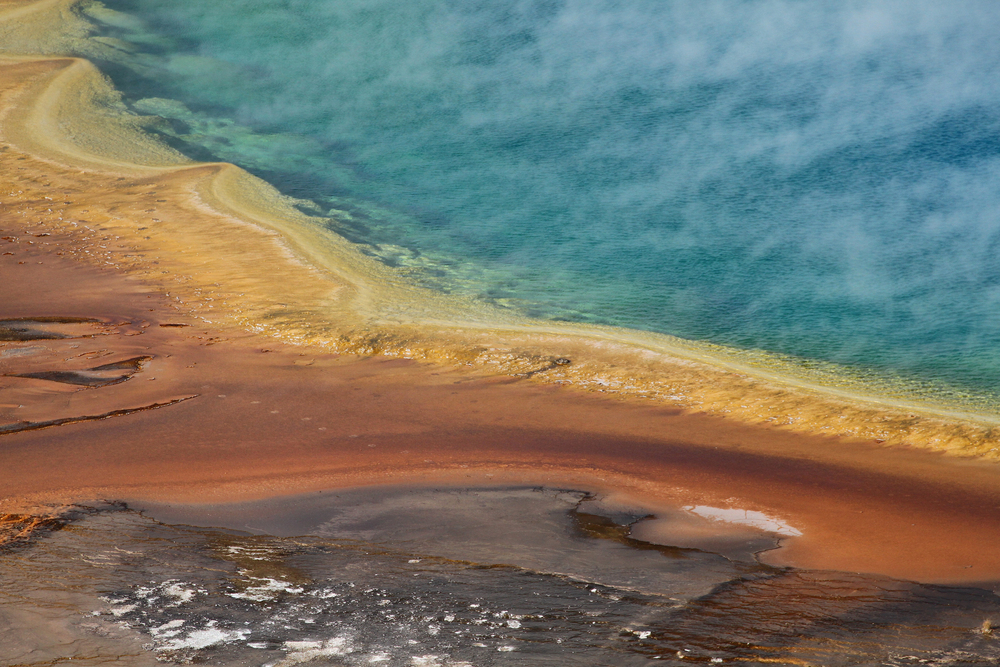
3. Extremophile Microbial Communities
In spite of their hostile environment, the NEOM Brine Pools are extremophile microbes’ oases. Gray-stained, orange-stained microbial mats encircle the pools and flourish at the brine-seawater interface. These communities, identified by 16S rRNA sequencing, consist of bacteria and archaea with the ability to survive in hypersaline, anoxic environments. The viral ecology is just as fascinating, with giant viruses, jumbo phages, and polinton-like viruses infecting prokaryotic and eukaryotic hosts. These interactions are also fundamental for the modulation of microbial community dynamics and biogeochemistry, as novel metagenomic studies have shown zone-specific viral diversity and infection strategies.
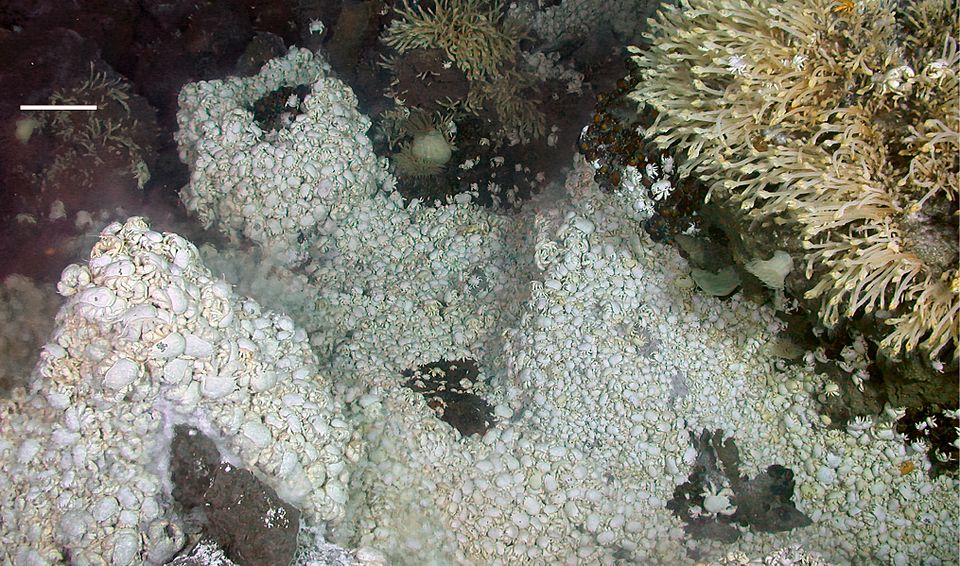
4. Understanding Early Earth and Astrobiology
The NEOM Brine Pools’ conditions closely replicate those thought to have prevailed on early Earth, where life originated in the deep ocean under anoxic, saline conditions. “Our working hypothesis is that life actually began on Earth in the deep ocean, most likely in anoxic oxygen-free environments,” Purkis said. The pools, therefore, provide natural laboratories for examining how life could have begun on our planet, and consequently how it may evolve elsewhere on water-covered worlds like Europa or Enceladus. As Purkis wrote, “Deep-sea brine pools are an excellent analogue of the early Earth and, even though oxygen-free and hypersaline, are full of a diverse community of so-called ‘extremophile’ microbes. It is therefore possible to gain some insight into the conditions under which life first emerged on our planet by studying this community, and may inform the search for life on other ‘water worlds’ in our solar system and further afield.”
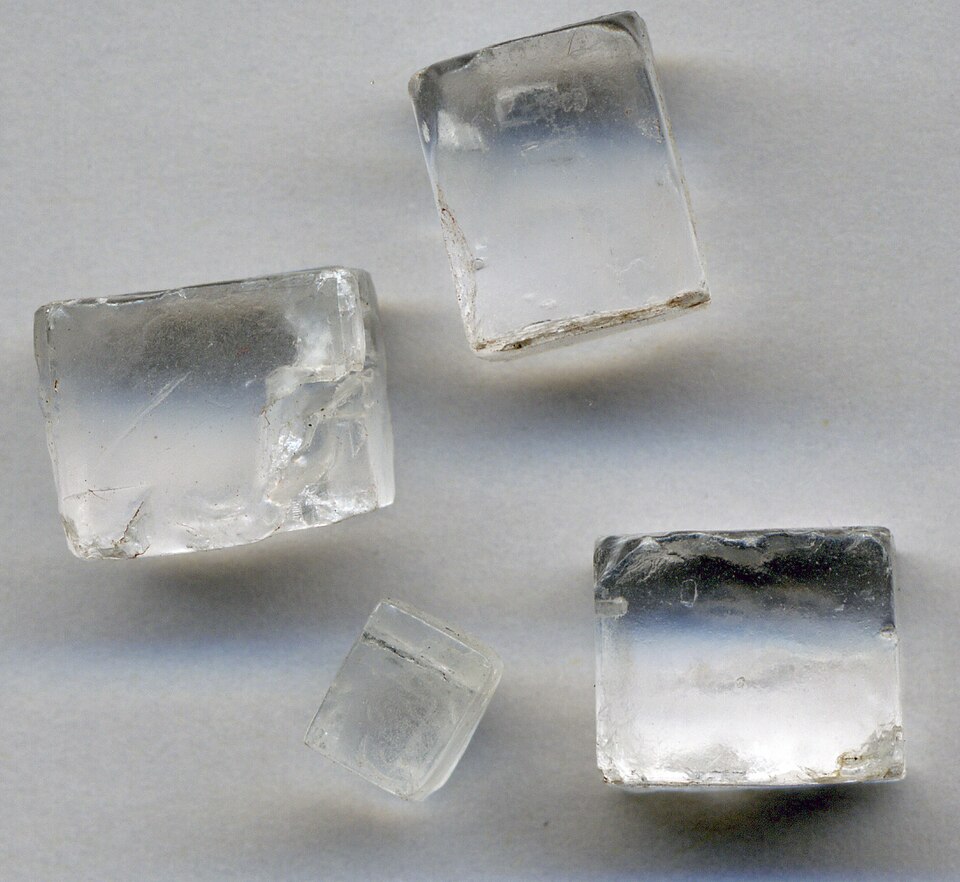
5. Chemical Sources and Preservation Mechanisms
The brine is sourced from the dissolution of Miocene-aged evaporitic minerals, primarily halite, and not from recent seawater evaporation. Isotopic data indicate that the δ18O value of the NEOM brine is only 1‰, much less than would be found in evaporated seawater, supporting a subsurface mineral source. The pools show the lowest sulfate-to-chloride ratio ever recorded in the Red Sea-Gulf of Aqaba system, a hallmark of high-intensity bacterial sulfate reduction under anoxia. Such a geochemical signature not only indicates the history of the pools’ formation but also supports the function of the pools as preservational habitats for organic and inorganic sedimentary signals over centuries.
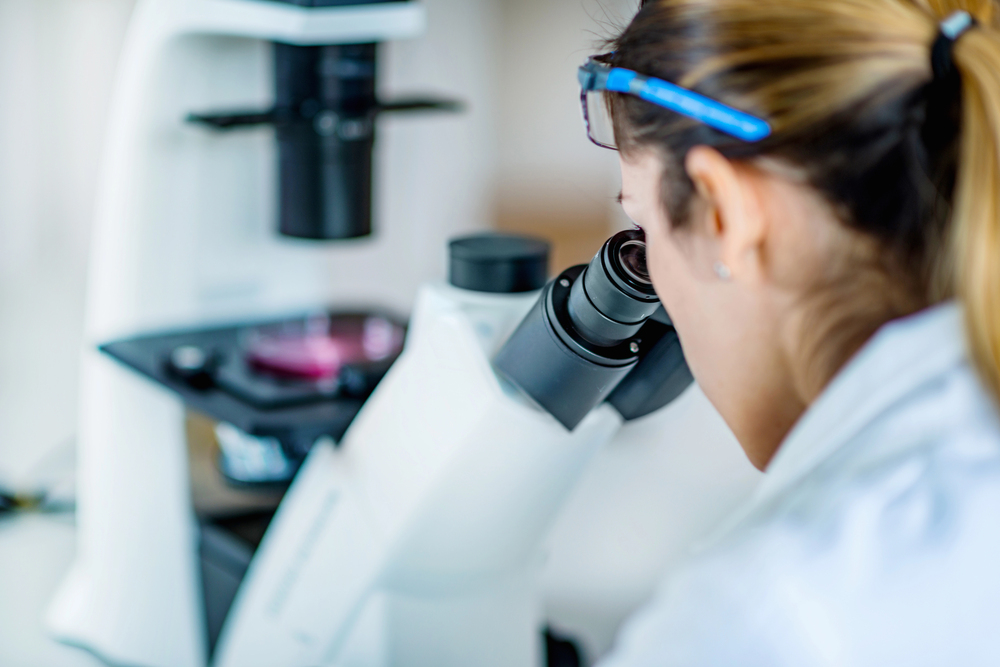
6. Medical and Biotechnological Potential
Apart from their geological and biological fascination, the NEOM Brine Pools can also be a source of biomedical riches. “Molecules with antibacterial and anticancer activity have already been isolated from deep-sea microbes that thrive in brine pools,” noted Purkis. The peculiar metabolic processes adapted by such extremophiles to exist in such extreme conditions have produced bioactive molecules with possible pharmaceutical uses. Continuing research seeks to discover and define these molecules, which may lead to new infectious disease and cancer treatments from the Red Sea’s depths.
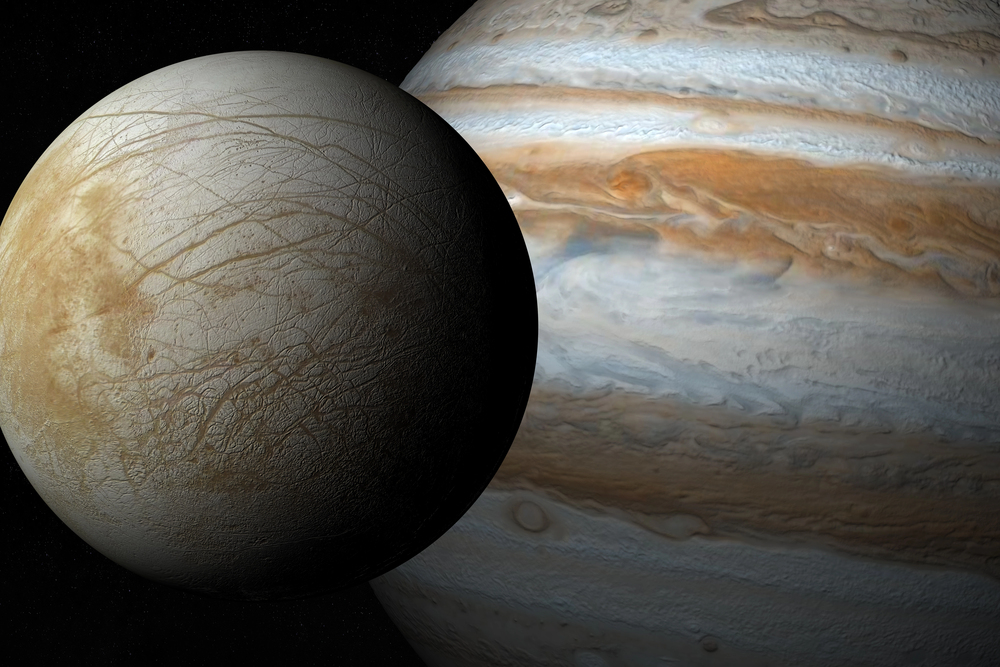
7. Astrobiological Analogs and Future Exploration
The NEOM Brine Pools’ significance goes far beyond Earth. Their physical and chemical makeups serve as a model for understanding analogous environments on icy ocean planets. As the pools are further explored by researchers, the results will be likely to guide the development of subsequent missions that seek to discover life in extraterrestrial brine reservoirs. The capability of the pools to harbor varied microbial and viral life without oxygen and under abyssal pressures provides a strong argument regarding the possibility of life in the universe by analogy to Europa and Enceladus.
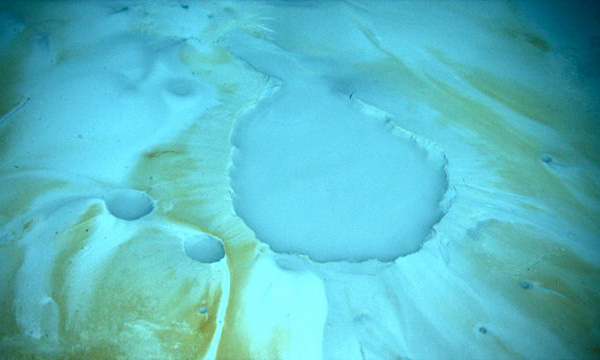
The NEOM Brine Pools, which were revealed in the waning minutes of a ten-hour ROV dive, are already a hot spot for multidisciplinary study. Their shore proximity, tectonic environment, and rare preservation of sedimentary and biological archives create a natural treasure trove that unites Earth’s deep history with the quest for life outside it.
